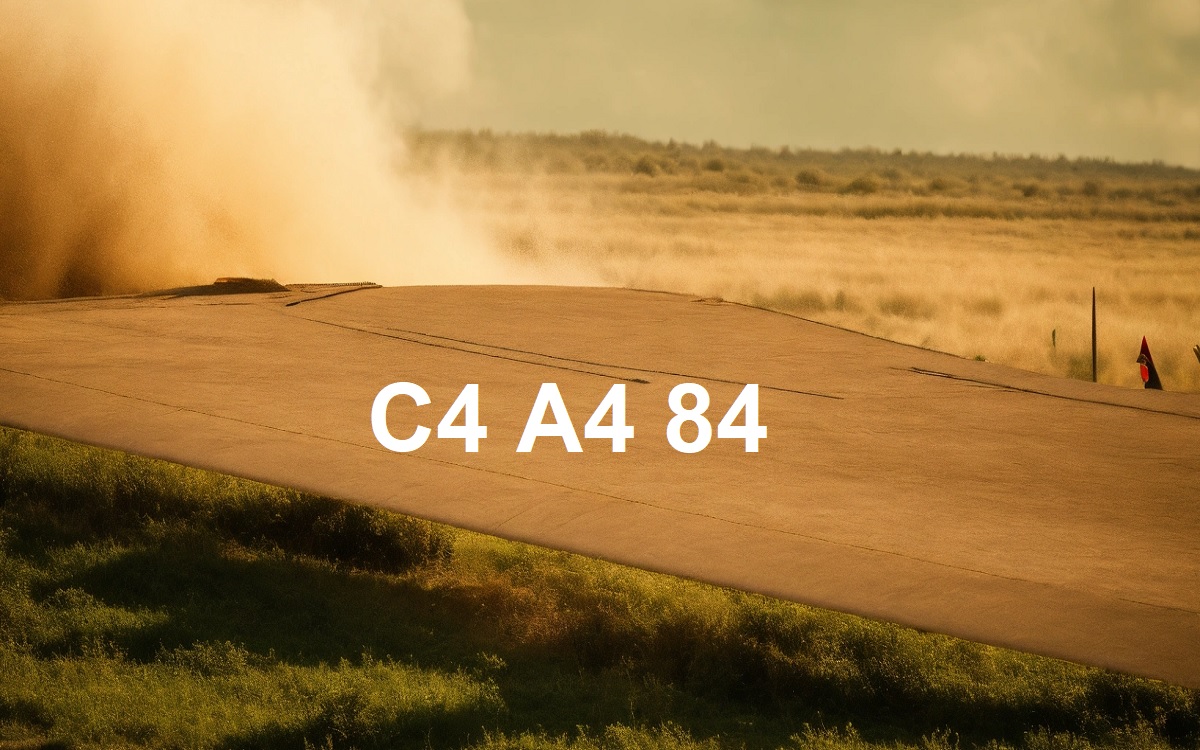Demystifying the Color Code #C4A484: An In-Depth Exploration
Introduction
What Is C4a484? In the realm of design and visual aesthetics, colors play a pivotal role in shaping our perceptions and evoking specific emotions. Among the vast spectrum of hues, the hex code #C4A484 stands out as a unique and intriguing shade. Known by various names, including Indian Khaki, Pacific Bluffs, and Vegas Gold, this color has garnered attention from designers, artists, and color enthusiasts alike. In this comprehensive article, we will delve into the intricacies of C4a484, exploring its composition, complementary colors, and potential applications, providing you with a deeper understanding of this captivating hue.
Recent Released: GPT66X Review: Power of Advanced Language Models
Understanding the Color Code #C4a484
Before we dive into the nuances of this color. It is essential to grasp the fundamentals of color representation. The hex code #C4A484 is a hexadecimal notation used to define colors in various digital and design contexts. This code consists of six characters, with each pair representing the intensity of red, green, and blue components, respectively.

In the case of #C4a484, the breakdown of its RGB (Red, Green, Blue) values is as follows:
- Red: 196 (C4 in hexadecimal)
- Green: 164 (A4 in hexadecimal)
- Blue: 132 (84 in hexadecimal)
These values indicate that #C4a484 is a slightly desaturated orange shade, consisting of 76.9% red, 64.3% green, and 51.8% blue. It is important to note that these percentages are relative to the maximum intensity of 255. For each color channel in the RGB color space.
Color Composition and Theory
To gain a deeper understanding of C4a484, let’s explore its composition from the perspective of color theory. In the CMYK (Cyan, Magenta, Yellow, Black) color model, which is commonly used in printing and design, this color is composed of:
- Cyan: 0%
- Magenta: 16.3%
- Yellow: 32.7%
- Black: 23.1%
These values indicate that #C4A484 is a warm. Slightly muted orange shade with a moderate amount of yellow. And a hint of magenta, contributing to its overall hue and saturation.
Furthermore, in the HSL (Hue, Saturation, Lightness) color model, C4a484 has the following values:
- Hue: 30 degrees
- Saturation: 35.2%
- Lightness: 64.3%
The hue angle of 30 degrees situates this color within the orange-red spectrum. While the saturation value of 35.2% indicates a moderate level of color intensity. The lightness value of 64.3% suggests that #C4A484 is a relatively light shade, making it a versatile choice for various design applications.
Complementary Colors and Color Schemes
One of the key aspects of color theory is the concept of complementary colors. Complementary colors are those that sit opposite each other on the color wheel. Creating a visually striking contrast when used together. For #C4a484, the complementary color is #84A4C4, a cool, desaturated shade of blue.
By combining #C4A484 with its complementary color, designers can create visually compelling and harmonious color schemes. Here are a few examples of color schemes that incorporate C4A484:
Analogous Color Scheme
- #C48484 (Pale Red)
- #C4A484 (Indian Khaki)
- #C3C484 (Tan)
This scheme utilizes colors that are adjacent to #C4A484 on the color wheel, resulting in a cohesive and harmonious palette.
Triadic Color Scheme
- #C4a484 (Indian Khaki)
- #A384C4 (Plum)
- #84C4A4 (Sea Green)
The triadic color scheme consists of three colors that are evenly spaced on the color wheel, creating a balanced and visually appealing combination.
Split-Complementary Color Scheme
- #C4a484 (Indian Khaki)
- #84A4C4 (Complementary color)
- #84C4A4 (Sea Green)
- #A484C4 (Light Purple)
This scheme combines the complementary color of C4a484 with two colors adjacent to the complementary, resulting in a dynamic and high-contrast palette.
Applications and Usage
The versatility of #C4a484 makes it a popular choice for various design applications. Its warm and inviting tone lends itself well to branding, advertising, and web design projects where a sense of energy, enthusiasm, and warmth is desired.
In the realm of interior design, #C4A484 can be used as an accent color to add depth and visual interest to a space. It pairs well with neutral shades, such as whites, grays, and beiges. Creating a cozy and welcoming atmosphere.
Additionally, this color can be employed in product design, packaging, and fashion. Where its warm and natural undertones can evoke feelings of comfort and familiarity.
Table: RGB and CMYK Values for C4A484
| Color Code | RGB Values | CMYK Values |
| #C4A484 | R: 196 | C: 0% |
| G: 164 | M: 16.3% | |
| B: 132 | Y: 32.7% | |
| K: 23.1% |
Conclusion
In conclusion, the color code C4a484, known as Indian Khaki, Pacific Bluffs Or Vegas Gold is a captivating and versatile shade that deserves recognition in the design world. With its warm and inviting undertones, this color has the potential to evoke emotions and enhance visual experiences.
By understanding the composition, complementary colors, and potential applications of #C4a484, designers and artists can unlock new creative possibilities and craft visually stunning designs that resonate with their audience.
Whether you’re a seasoned professional or an enthusiast exploring the world of color, #C4A484. It offers’ a unique and engaging hue that is sure to inspire and captivate. Embrace its warmth and versatility, and let your creativity flourish with this remarkable color by your side.
